Fortify Your Data with Azure’s Disaster Recovery as a Service (DRaaS) Solution
- Written by: Matt Eide

Safeguarding Data in the Digital Age
As unexpected data loss incidents become the norm rather than the exception, having a robust disaster recovery solution is not just wise – it is vital.Disaster Recovery, as part of an organization's Resiliency, ensures:
- Availability & Integrity: Ensure the availability and integrity of critical data and services.
- Minimized Downtime: Dramatically reduce loss in productivity and revenue.
- Regulatory Compliance: Meet essential regulatory requirements with ease.
Azure Site Recovery: A Comprehensive Overview
Azure Site Recovery was designed to meet the need for reliable and cost-efficient recovery. Azure's Site Recovery solution offers best-in-class results in the unfortunate event of a data loss disaster. Using Azure Site Recovery, organizations can trust that their data is secure and can be restored quickly amid a disaster, saving time, money, and an organization’s valuable reputation. With its flexible and scalable platform, Azure is the ultimate solution for those seeking to minimize downtime and keep their data safe. Azure Site Recovery is a cloud-based Disaster Recovery as a Service (DRaaS) solution that can workload running in public cloud or on-premises datacenters. The cost of Azure Site Recovery is based on consumption of storage and number of workloads protected. The replicated workloads can leverage all the resiliency features built-in to Azure. Once a protected workload is replicated to Azure, you can leverage all the tools built-in to Azure to tailor your recovery plan to meet your business needs. Azure Site Recovery is designed to address customer use cases to protect IaaS workloads in Azure and/or protect on-premises workloads to Azure. Let’s explore these two use cases:Protect in Azure
Source disks attached to IaaS workloads in a source region are replicated to managed disks in a target region. The source virtual machine data is continuously replicated to the secondary region.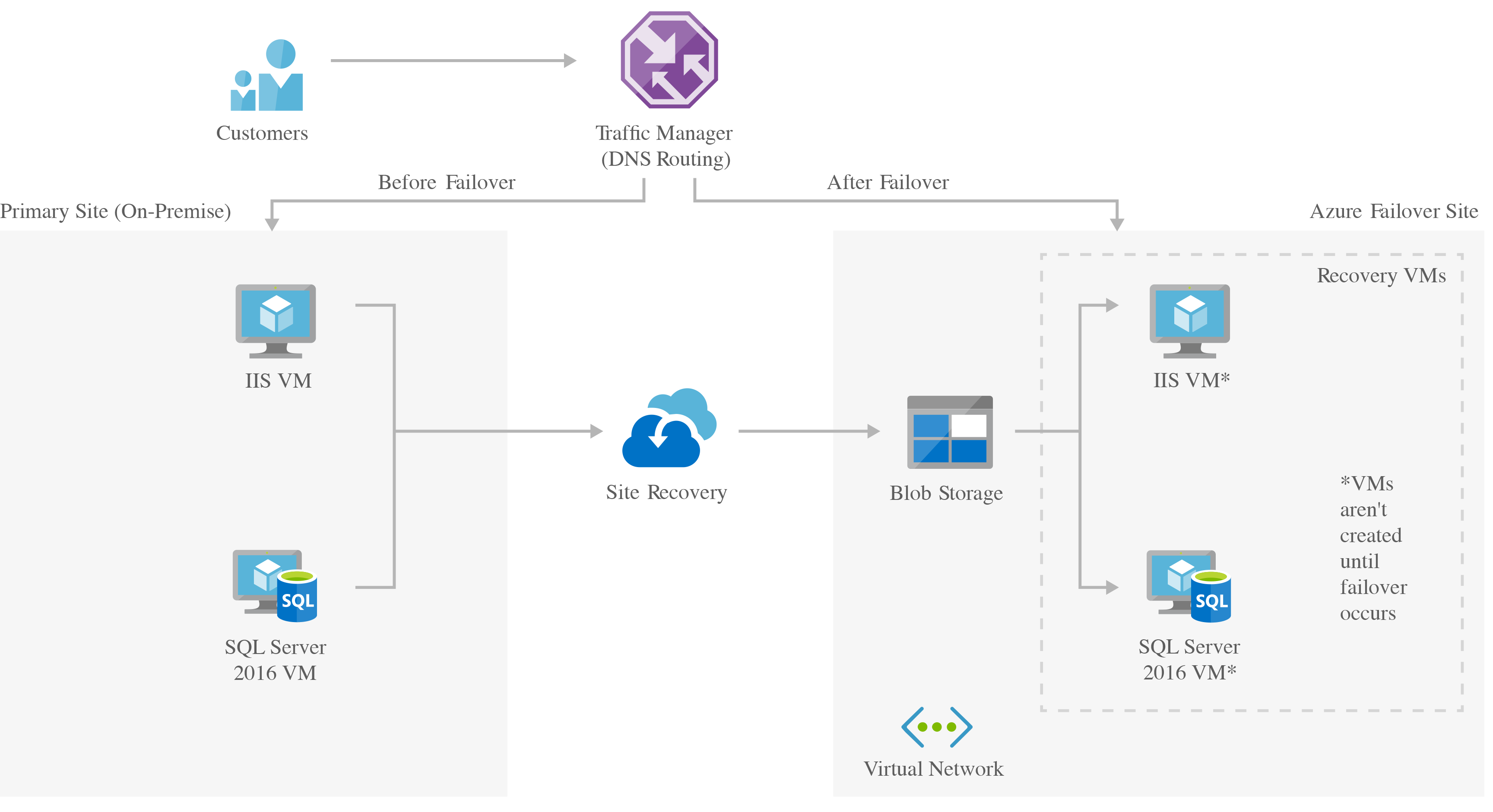
Protect to Azure
Azure can be used as a secondary, highly resilient failover location for workloads running in your existing datacenters, offering backup and recovery. On-premises virtual machines or bare metal servers are replicated to managed disks or blob storage in the Azure region being used for disaster recovery.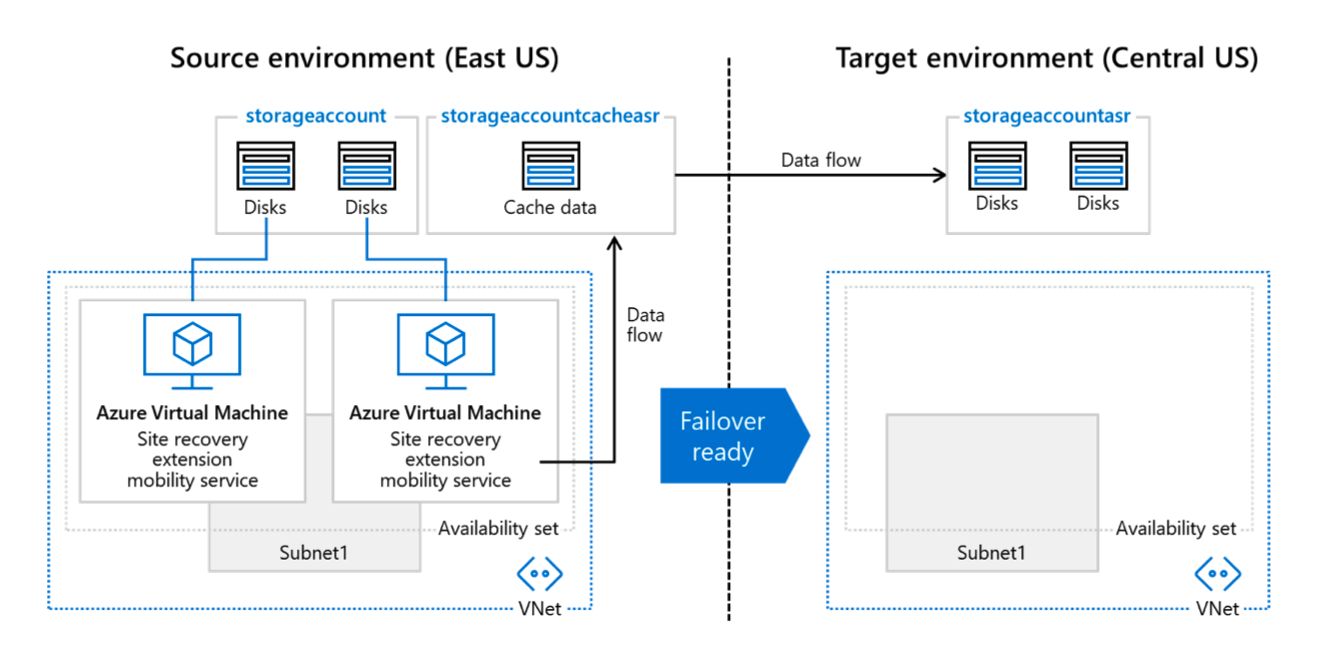
Versatile Recovery Options
You can tailor your disaster recovery strategy to your organization's specific needs, ensuring that critical data and services are prioritized. ASR is highly customizable and automatable, making it adaptable to your organization's unique requirements. Azure Site Recovery can provide either an entirely cloud-based solution or a hybrid model that meets most use cases including:- Azure to Azure
- VMware to Azure
- Hyper-V to Azure
- Bare metal to Azure
Centralized and Secure Management
The Azure Portal provides centralized management from any internet connection to simplify the often-complex world of disaster recovery. The Azure Portal eliminates dependencies on on-premises tools and streamlines the safeguarding of your organization's critical data and services. Azure Site Recovery leverages Azure’s e-built-in security measures, providing peace of mind in an increasingly vulnerable digital landscape. Your data is protected against potential threats, ensuring that your organization's assets remain secure despite adversity.Cost and Efficiency: The Azure Advantage
Traditional disaster recovery solutions often necessitate managing backup resources and establishing secondary data centers—an expensive and resource-intensive endeavor. Using Azure as a secondary datacenter eliminates the need to provision and maintain dedicated infrastructure, offering a zero-infrastructure solution and significantly lowering operational costs. Azure's cost-effectiveness translates into a remarkable return on investment, freeing up valuable resources for other critical aspects of your organization. An HBS customer recently saved over $130,000 by switching to Azure Site Recovery. Some organizations have seen up to a 370% 5-year ROI.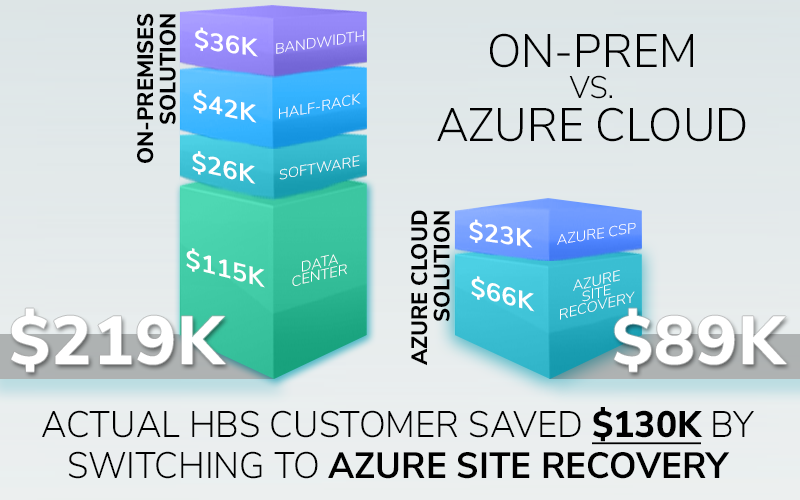
ASR's Impressive Stats
The proof of Azure's effectiveness in disaster recovery lies in the statistics:- 80% reduction in data recovery time: Azure Site Recovery (ASR) boasts an impressive reduction in recovery time, ensuring that your services can be up and running within minutes of an outage.
- 97% decrease in lost end-user productivity from data loss: Protecting against data loss is paramount. Azure's disaster relief solutions drastically reduce the risks associated with it, safeguarding your organization's productivity and reputation.
- Best-in-class recovery time objectives (RTO) and recovery point objectives (RPO): ASR supports minutes of RTO and near sync RPO, the best in the public cloud disaster recovery industry.
The Bottom Line: Being Prepared in an Uncertain World
In today's world, disasters and data loss are more a matter of "when" than "if." Unfortunately, unexpected data loss is not a rare occurrence - on average, organizations experience four data disruptions per year, and more than half of companies have experienced prolonged (more than eight hours) downtime (DataCore) due to data loss. Implementing disaster recovery tools is not just a wise decision—it is a necessity. Azure's Site Recovery’s centralized management, built-in security, cost-effectiveness, and impressive ROI statistics make it a top choice for organizations looking to fortify their disaster recovery strategies. When you deploy Azure Site Recovery your organization now will be better prepared to face adversity head-on, recover swiftly, and ensure business continuity despite the unexpected.Choosing Heartland Business Systems
As an Azure-preferred partner, Heartland Business Systems offers exceptional expertise in disaster recovery planning, implementation, optimization, and managed services.Ready to Fortify Your Organization’s Data?
Safeguard your future and partner with Heartland Business Systems. Contact HBS today.Related Content
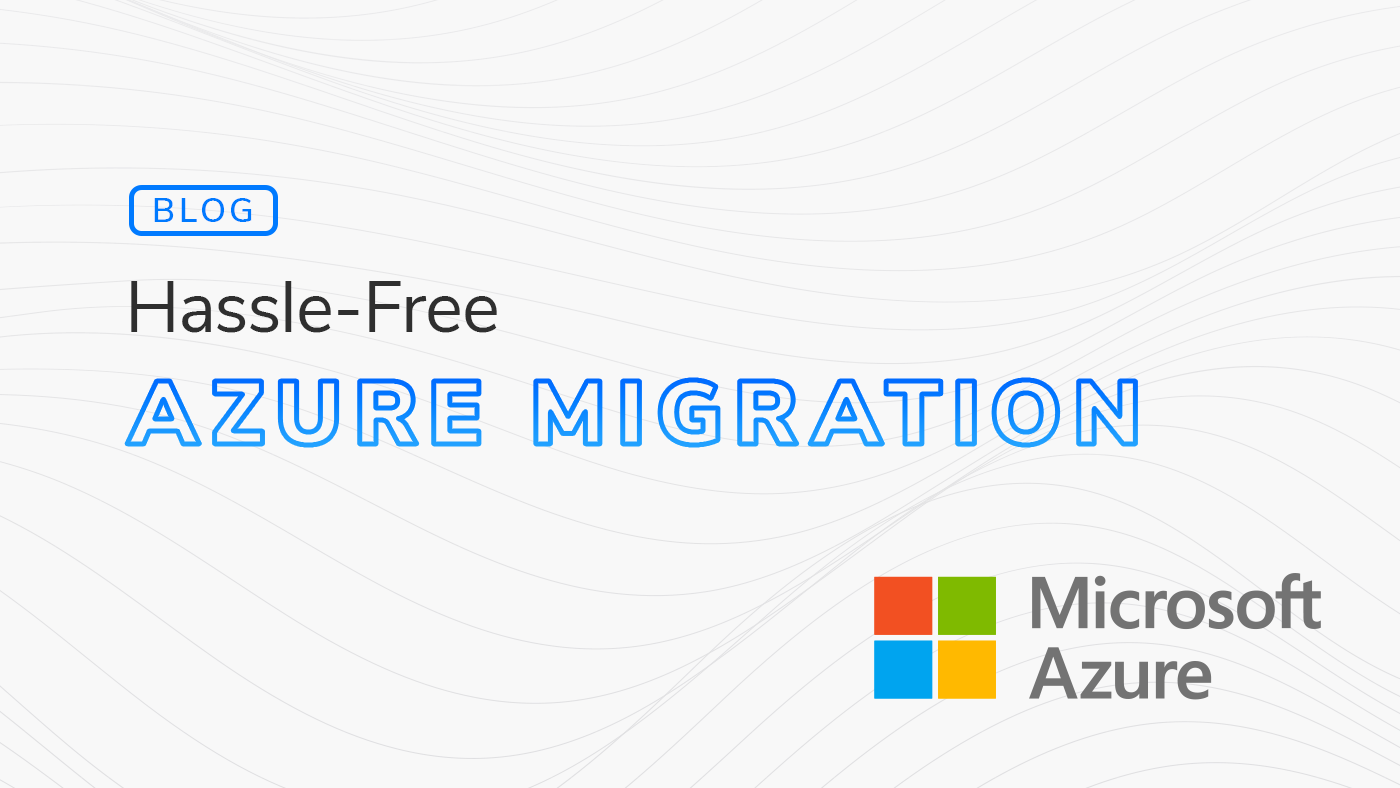
Take the Guesswork Out of Azure Migration with an Assessment
Migrating to Azure but unsure of the first steps? An Azure Migration Assessment provides the clarity you need on costs, performance insights, risks, and more.
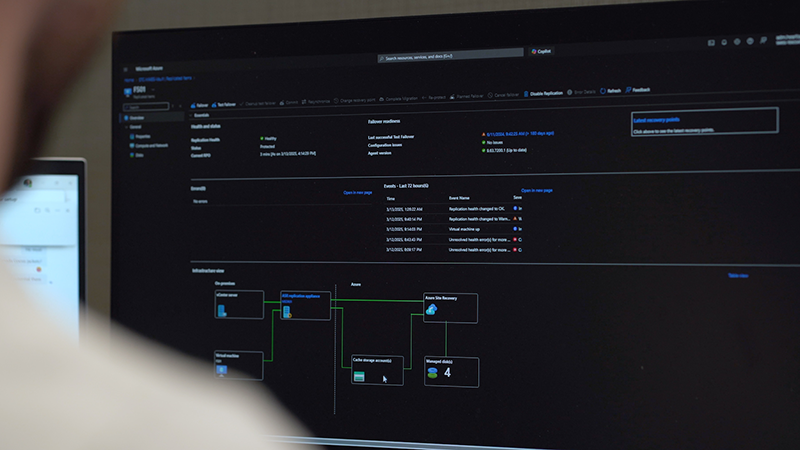
Swiss-Tek Modernizes Disaster Recovery with Azure and HBS
After a ransomware scare exposed gaps, Swiss-Tek partnered with HBS to build a hybrid disaster recovery solution using Microsoft Azure—boosting resilience, reducing downtime, and restoring peace of mind.
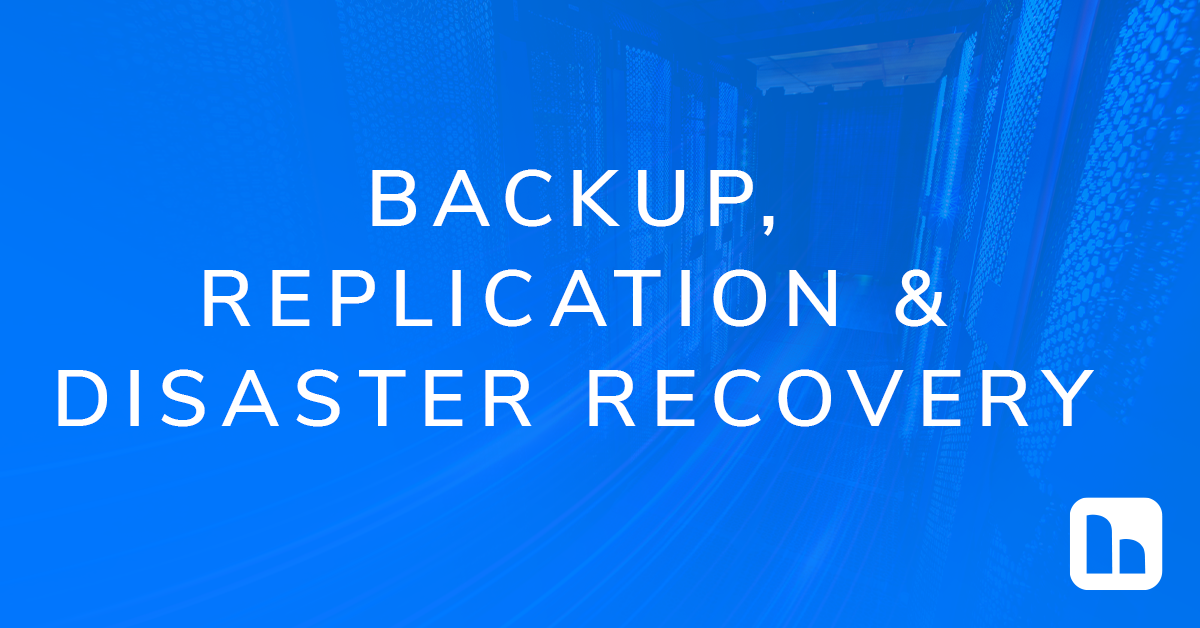
Backup, Replication and Disaster Recovery
Ensure data resilience with HBS’s Backup, Replication and Disaster Recovery solutions. Get reliable data protection and expert support tailored to your needs.






